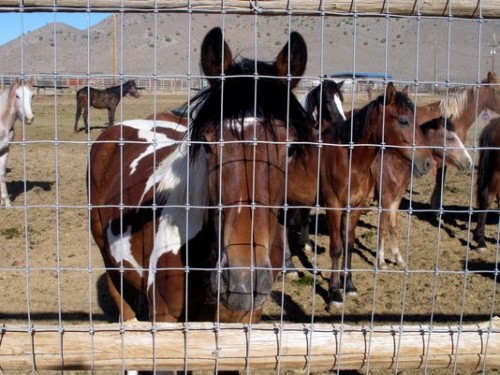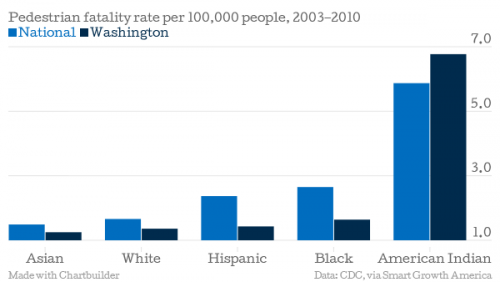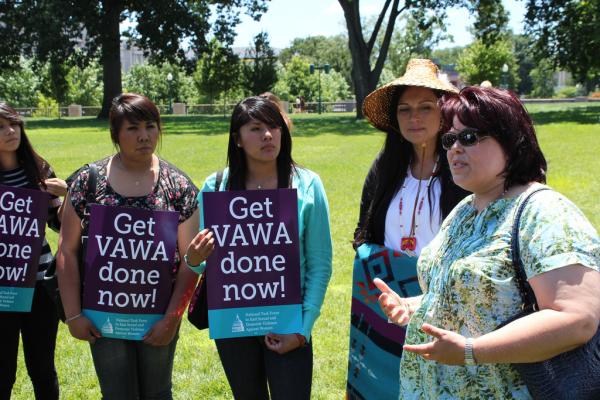SOURCE USDA – Natural Resources Conservation Service
DAVIS, Calif., Feb. 12, 2015 /PRNewswire-USNewswire/ — The USDA Natural Resources Conservation Service (NRCS) in California is again partnering with California’s tribal nations to make financial assistance available to help tribal farmers, ranchers and non-industrial private forest operators put additional conservation on the ground.
The Environmental Quality Incentives Program (EQIP) Tribal Initiative provides financial and technical assistance to Tribes and tribal producers who voluntarily agree to NRCS guidelines for installation of approved conservation practices that address program priorities related to addressing soil, water, air quality, domestic livestock, wildlife habitat, surface and groundwater conservation, energy conservation, and related natural resource concerns.
While applications are taken continuously throughout the year, eligible farmers and ranchers are encouraged to submit their applications as soon as possible. Applications will be screened and ranked in four batching periods (February 20, April 17, June 19 and July 17).
Eligible applications will be considered based on the following priorities:
Five landscape resource priorities are aimed at improving and managing forest health and reducing wildfire threats, as well as rangeland health and water quality. The five priorities areas are:
- Northern Coastal Tribal Forestland in Del Norte, Humboldt, Lake, Mendocino, western Shasta, western Siskiyou, Sonoma and Trinity
- Northern Coastal Tribal Rangeland in Alameda, Contra Costa, Del Norte, Humboldt, Lake, Marin, Mendocino, Monterey, Napa, San Benito, San Luis Obispo, San Mateo, Santa Barbara, Santa Clara, Santa Cruz, western Shasta, western Siskiyou, Solano, Sonoma and Trinity counties
- Inter Mountain/Central Sierra Forestland in Amador, Butte, Calaveras, El Dorado, Fresno, Lassen, Madera, Mariposa, Modoc, Nevada, Placer, Plumas, eastern Shasta, Sierra, eastern Siskiyou, Tulare and Tuolumne Counties.
- Inter Mountain/Central Sierra Rangeland in Amador, Butte, Calaveras, El Dorado, Fresno, Kings, Lassen, Madera, Mariposa, Modoc, Nevada, Placer, Plumas, eastern Shasta, Sierra, eastern Siskiyou, Tulare and Tuolumne Counties.
- South Coast and Desert Tribal Forests and Rangeland in Imperial, Inyo, Kern, Mono, Riverside, San Bernardino and San Diego counties.
Two statewide resource priorities are aimed at reducing soil erosion, improving irrigation water efficiency, water quality, restoring and managing native plants for traditional Native American food and fiber production. The two statewide priorities are:
- Statewide Tribal Poly-farms: small, biologically diverse farms and medium size agricultural operations for subsistence, intra-tribal and external commerce.
- Native Plants Restoration: culturally important tribal plants for food and fiber.
There are 109 federally recognized American Indian tribes in California. There are at least 69 non-federally recognized tribes in California petitioning for federal recognition. The federally recognized tribes have jurisdiction over 635,739 acres of Tribal trust land in California.
NRCS has provided leadership in a partnership effort to help America’s private land owners and managers conserve their soil, water and other natural resources since 1935. For more information on NRCS, visit www.nrcs.usda.gov.













